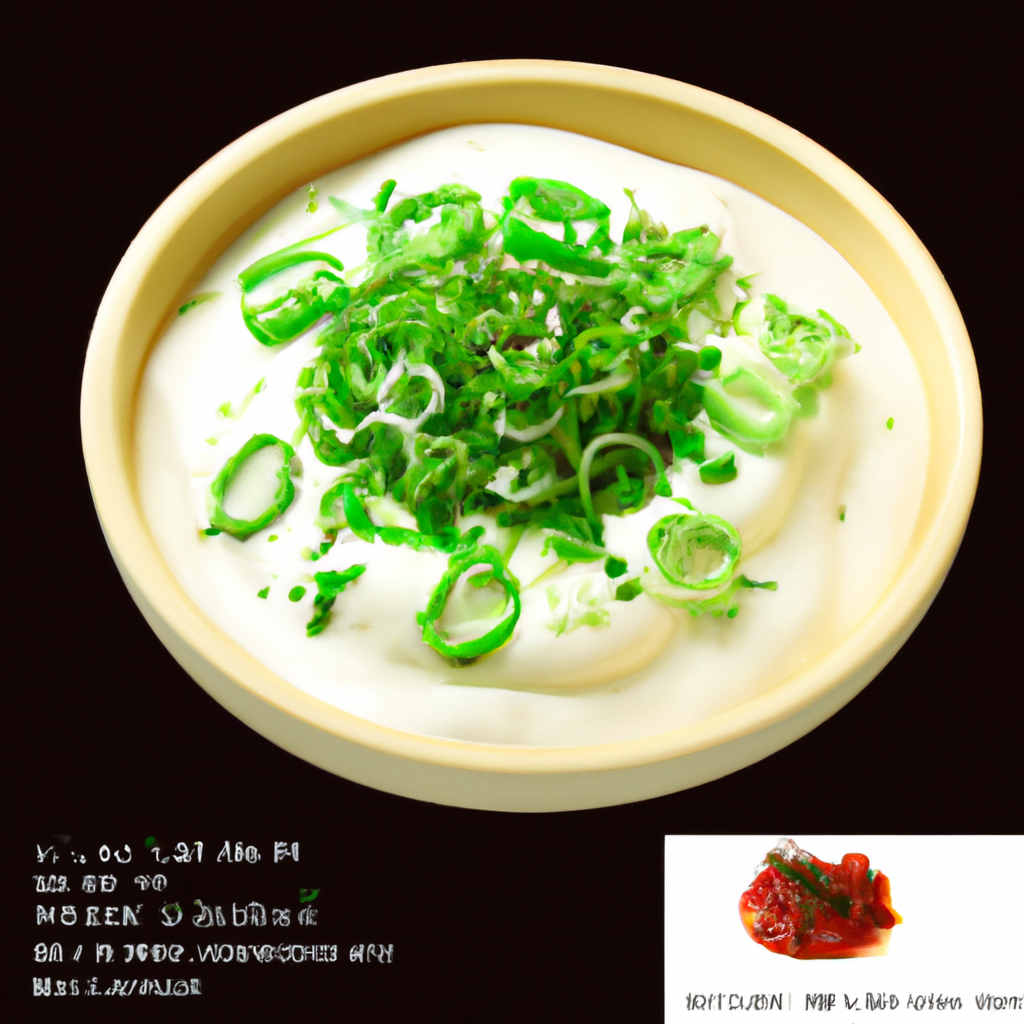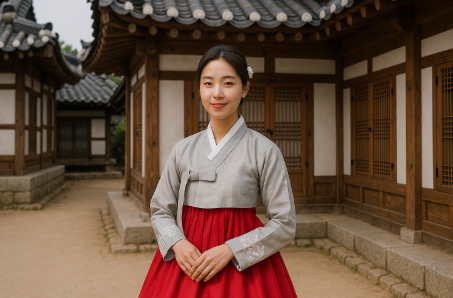Korean cuisine, known for its bold flavors and vibrant colors, is an integral part of Korea’s cultural heritage. With a rich history and diverse regional variations, traditional Korean food offers a culinary journey that captivates both locals and foreigners alike. This blog explores the essence of traditional Korean dishes, their significance, and the cultural values they embody.
The Historical Roots of Korean Cuisine
Korean cuisine has evolved over thousands of years, shaped by the country’s natural environment, agriculture, and interactions with neighboring cultures. The food reflects Korea’s agrarian roots, with an emphasis on seasonal ingredients and preservation methods. Historical documents show the importance of communal gatherings and sharing food, which continues to influence Korean dining etiquette today.
Staple ingredients that form the backbone of Korean cooking include rice, soy products, and fermented items like kimchi. These components have been refined through centuries of culinary practice, offering both nutrition and a wealth of flavors. The fermentation process in particular plays a crucial role in creating umami-rich dishes that define Korean flavors.
Key Components of Traditional Korean Meals
A traditional Korean meal centers around rice, soup, and banchan (side dishes), which are meant to be shared. Banchan varies widely but commonly includes dishes like kimchi, seasoned vegetables, and small servings of fish or meat.
Kimchi, Korea’s famous fermented vegetable dish, is a staple in virtually every Korean meal. The ingredients and fermentation time can vary, but the presence of spices, particularly gochugaru (Korean red pepper flakes), is a common feature across most varieties.
Additionally, Korean meals often feature meats such as bulgogi (marinated beef) or samgyeopsal (grilled pork belly), which are cooked and enjoyed communally. These dishes highlight the communal aspect of dining in Korea, where meals are a social event.
The Role of Fermentation
Fermentation is a cornerstone of Korean culinary techniques, used to enhance flavors and preserve food. Kimchi, doenjang (soybean paste), and gochujang (chili paste) are essential fermented items found in Korean kitchens.
Each of these fermented products boasts unique flavors and health benefits. For example, kimchi is not only a probiotic but also rich in vitamins, while doenjang adds depth to soups and stews with its savory, earthy taste. Gochujang provides a spicy kick to many dishes, balancing heat with sweetness.
The tradition of fermentation reflects the Korean value of harmony and balance, bringing depth and complexity to everyday meals.
Regional Variations in Korean Food
Korean cuisine is rich in regional diversity, with each area having its own specialties and preparations. These regional dishes are influenced by local ingredients, climate, and cultural practices.
The southern regions, such as Jeolla, are known for their abundance of seafood, while the colder northern areas might feature heartier, more substantial meals suitable for winter. Jeonju, for instance, is famous for its bibimbap, a mixed rice dish that includes an array of vegetables, beef, and chili pepper paste.
This geographical variation ensures that Korean cuisine offers a wide range of dishes, allowing travelers and locals to experience different tastes and styles as they explore the country.
Dining Culture and Etiquette
Korean dining etiquette is deeply rooted in respect and politeness. Meals are often communal events, emphasizing sharing and interaction. It is common to wait for the eldest person at the table to start eating before beginning your own meal.
Chopsticks and spoons are predominantly used, and certain rules apply, such as keeping noise to a minimum while eating. Pouring drinks for others and acknowledging a shared dish by turning the plate towards the eater is also a sign of respect.
This etiquette underscores the importance of harmony and consideration in Korean dining practices, reinforcing social bonds and reflecting cultural values.
Comparison of Popular Korean Dishes
| Dish | Main Ingredient | Characteristic | Region |
|---|---|---|---|
| Bibimbap | Rice | Mixed vegetables and beef | Jeonju |
| Kimchi | Cabbage | Fermented, spicy | Nationwide |
| Samgyeopsal | Pork Belly | Grilled | Nationwide |
FAQ
What is a traditional Korean meal comprised of?
A traditional Korean meal typically includes rice, a soup or stew, and various banchan (side dishes) like kimchi, seasoned vegetables, and meats.
Why is fermentation important in Korean food?
Fermentation is crucial in Korean cuisine as it enhances flavor, preserves food, and offers health benefits through probiotic-rich dishes.
What are some popular regional dishes in Korea?
Popular regional dishes include Jeonju’s bibimbap, Busan’s seafood specialties, and Pyongyang’s naengmyeon (cold noodles).
Summary
- ✅ Traditional Korean cuisine emphasizes rice, soup, and shared side dishes.
- ✅ Fermentation is a key process in creating iconic Korean flavors.
- ✅ Dining etiquette in Korea focuses on respect, harmony, and sharing.
- ✅ Regional variations ensure diverse flavors and unique culinary experiences.
#KoreanCuisine #TraditionalKoreanFood #Kimchi #Bibimbap #Fermentation #KoreanDining #Banchan #Jeonju #Samgyeopsal #KoreanHistory #KoreanCulture #KoreanDishes #KoreanEtiquette #FermentedFoods #KoreanIngredients #KoreanRegionalFood #Hallyu #KFood #SeoulFood #KoreanMeals #Gastronomy #Gochujang #Doenjang #HealthyEating #CulinaryTradition #AsianCuisine #VisitKorea #KoreaTravel #KoreanHomeCooking #KoreanRecipes


